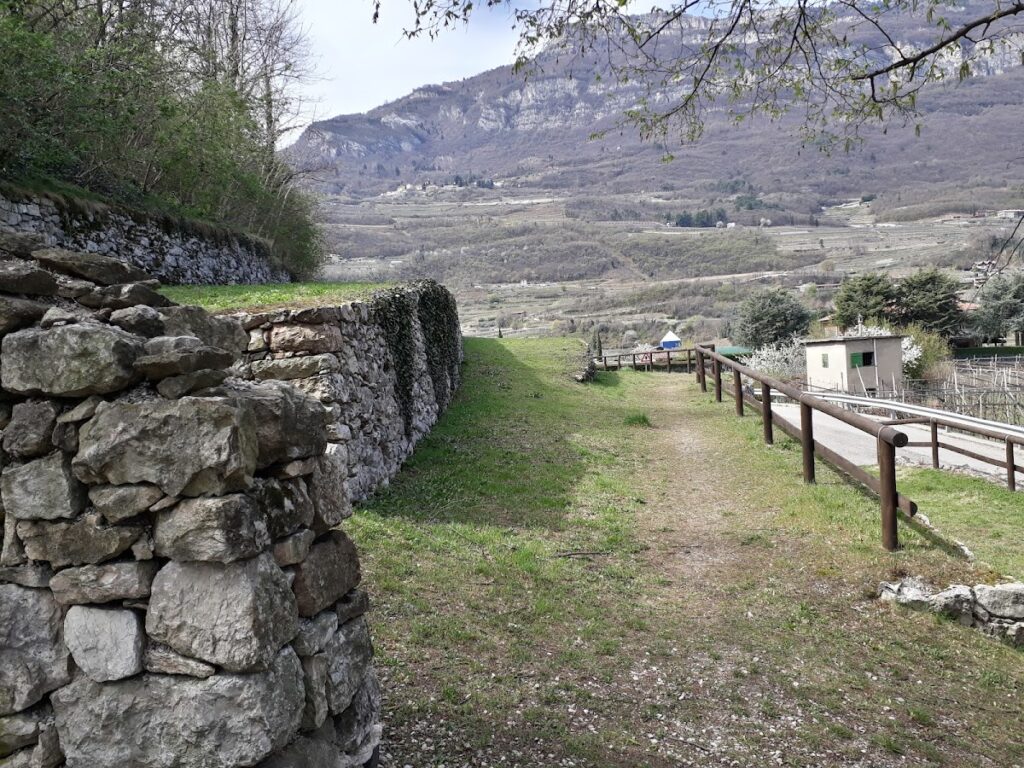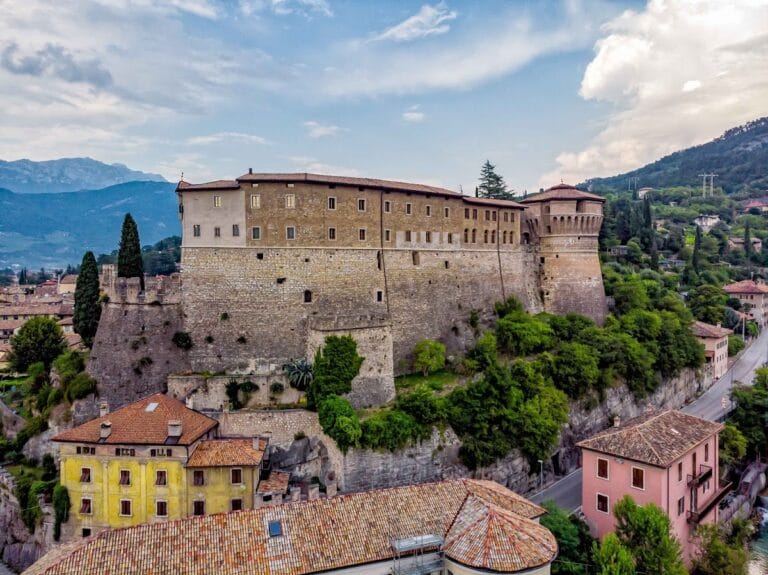Castel Pradaglia: A Historic Hilltop Fortress in Isera, Italy
Visitor Information
Google Rating: 3.7
Popularity: Very Low
Google Maps: View on Google Maps
Official Website: www.cultura.trentino.it
Country: Italy
Civilization: Unclassified
Remains: Military
History
Castel Pradaglia is situated on a hill within the municipality of Isera in Italy. The site has a long history of human habitation, beginning in the Bronze Age, as evidenced by numerous archaeological discoveries. It is believed that during Roman times the location was fortified, following a pattern similar to that of the nearby Castel Lizzana across the Vallagarina valley.
In the medieval period, the castle was initially held as a fief by the Da Pradaglia family. After this family became extinct, the prince-bishop of Trento took control and appointed a steward to manage the property in 1197. Throughout this era, various local powers also maintained buildings within the castle’s enclosure, including the Castelbarco family and neighboring communities, all sharing responsibilities for the maintenance of the structure.
In 1214, ownership passed to Jacopo da Lizzana, who was granted the castle but later revolted against episcopal authority. This rebellion led to a siege and the castle’s recapture in 1234. Subsequently, control of Castel Pradaglia changed hands several times. By 1270, the branch of the Castelbarco family from Rovione acquired it and retained possession for about a century before transferring ownership to another Castelbarco branch based in Lizzana.
An agreement made in 1416 sought to hand the castle over to Duke Frederick IV of Austria, yet records indicate that by 1450 it remained under the Castelbarco family’s control. During the war between Venice and the Habsburgs, Venetian forces besieged and destroyed Castel Pradaglia, after which its lands were assigned to the podestà, or chief magistrate, of Rovereto.
The castle also became the site of a famed duel, known as the “disfida di Pradaglia,” in 1487. This contest pitted Antonio Maria Sanseverino, the son of a Venetian mercenary leader called a condottiero, against Johann von Sonnenberg, a Swabian count.
Following the destruction wrought during the Venetian campaign, Castel Pradaglia was not rebuilt. Its ruins were later repurposed for agricultural activities. During the First World War, the strategic location of the hill was recognized once again; Austrian forces fortified it with trenches, the remnants of which remain visible to this day. Restoration efforts focusing on preserving and enhancing the site took place in 2011.
Remains
The remnants of Castel Pradaglia consist primarily of ruins scattered across the hill where the castle once stood. The fortifications likely have origins tracing back to Roman times, indicating that the site was strategically important well before the medieval castle was established. These early defensive works form the foundation upon which later structures were built, though detailed information about their layout or orientation is not recorded.
Visible today are the skeletal remains of the medieval castle itself, which have survived in a fragmentary state following the destruction caused during its siege and subsequent abandonment. Over time, these ruins were integrated into agricultural use, altering the site but preserving the basic outlines of the castle’s footprint.
In addition to the medieval remnants, the hill features traces of military trenches constructed by Austrian forces during World War I. These earthworks were part of defensive measures taken in the conflict and remain as surface markings that attest to the continued strategic importance of the location across centuries.
Together, these archaeological features reflect a long history of occupation, defense, and adaptation ranging from the Bronze Age through modern times. While precise architectural details such as building materials or ornamental elements are not documented, the surviving ruins and earthworks provide tangible evidence of the site’s layered historical narrative.







